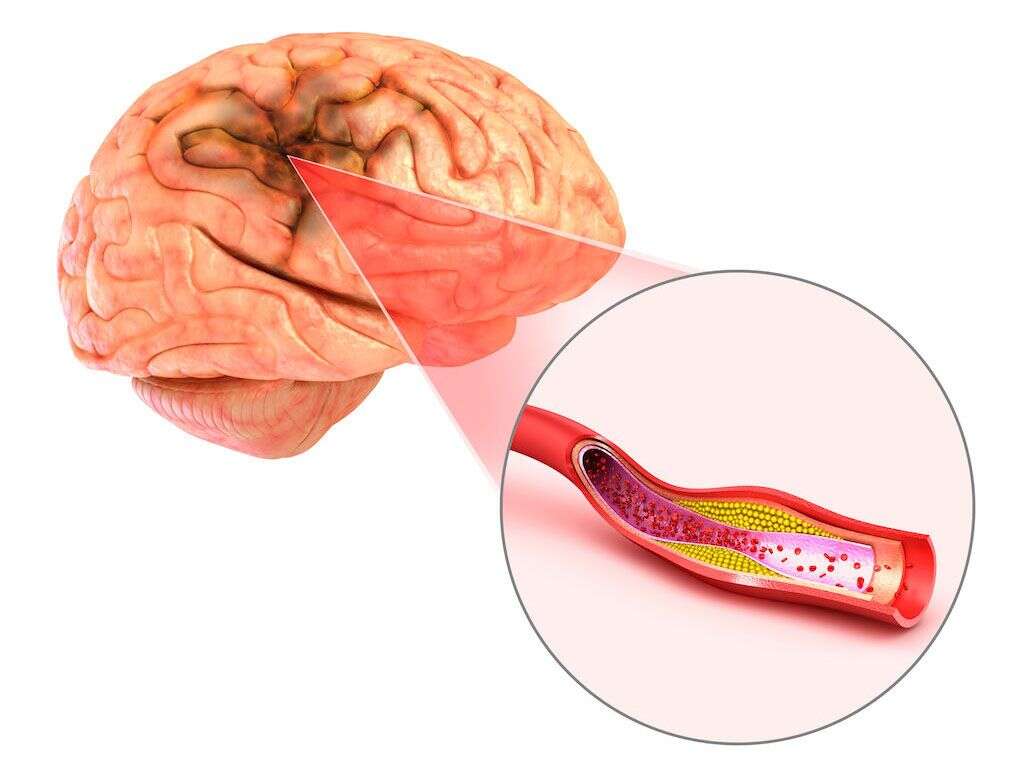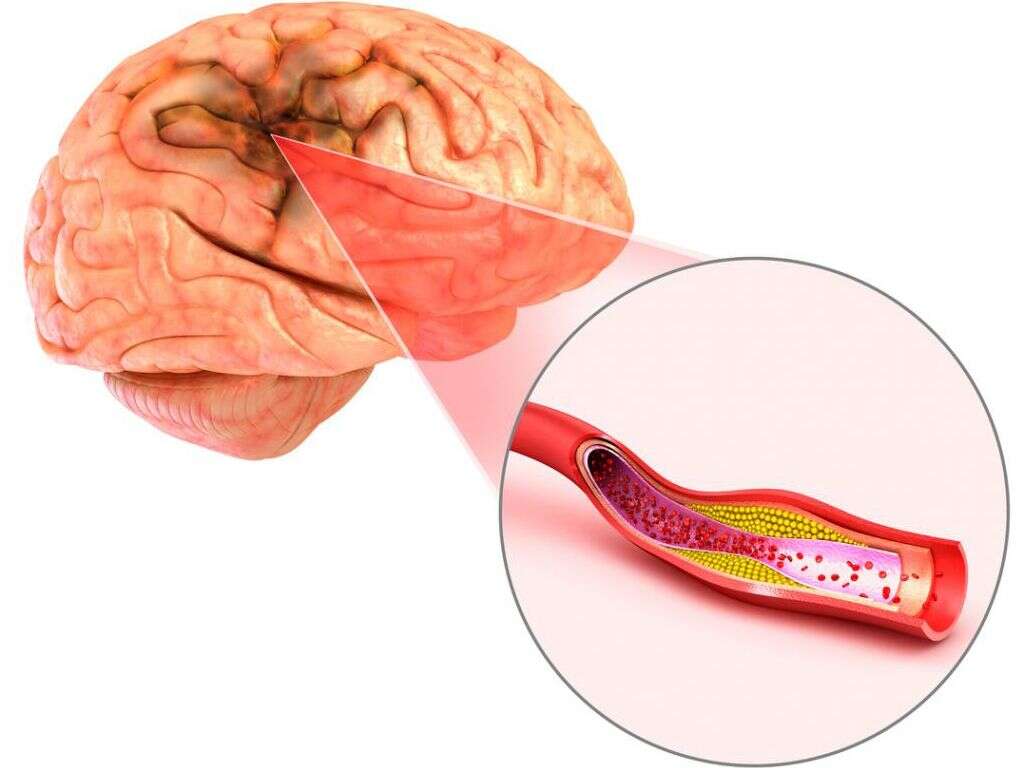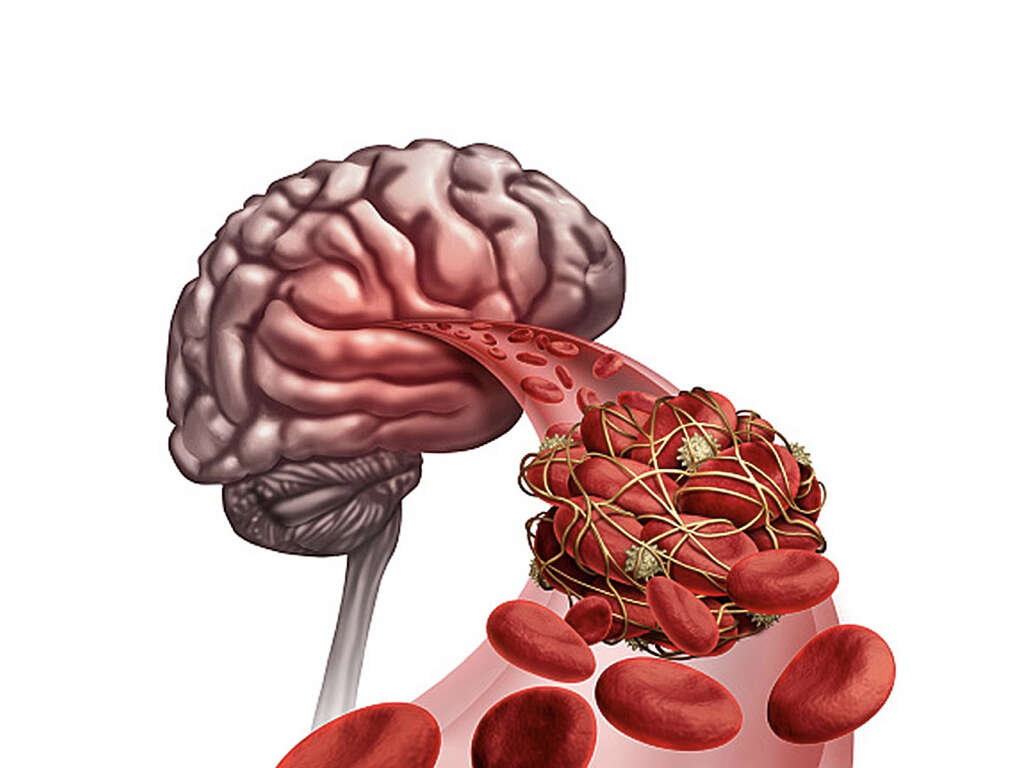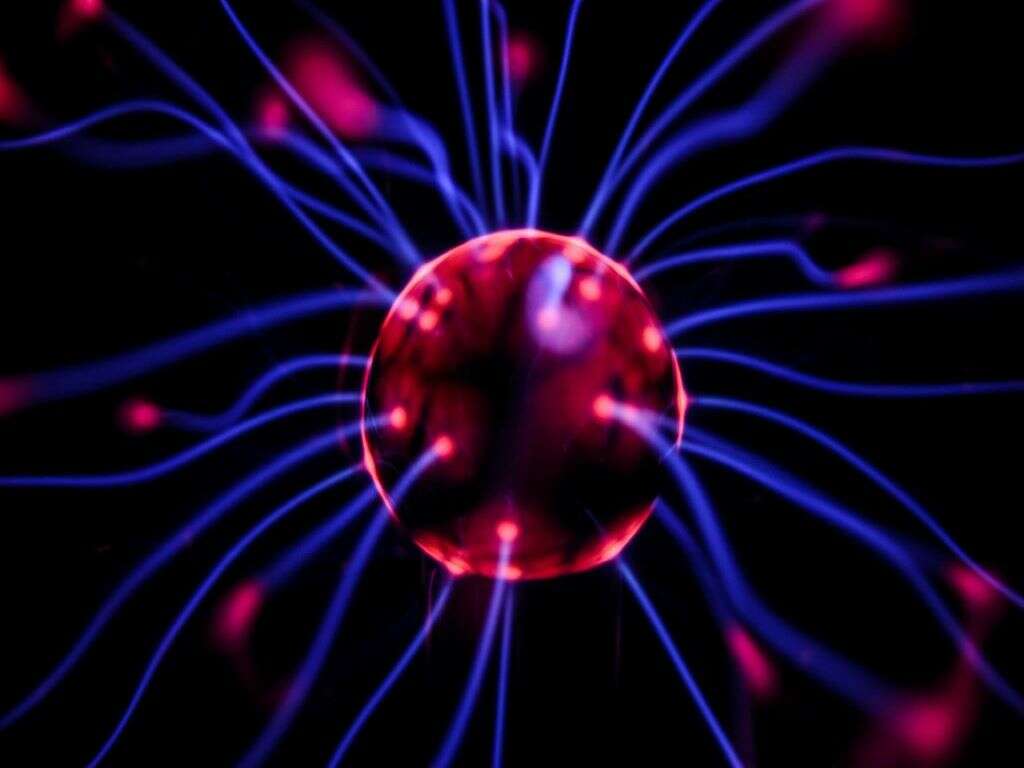What Is a Hemorrhagic Stroke?
The cells in our body need oxygen. The gas is necessary because it allows cells to generate their own energy. Without oxygen, our body’s cells will die, and this is why we are continually breathing all day, every day. If something was to go wrong with the supply of oxygen to our body then we could end up in serious trouble.
Things will sometimes go wrong with the system that helps ensure our body is supplied with blood. The blood vessels that carry our oxygen laden blood can develop problems such as blockages or breakages. When this happens to the vessels supplying blood to our brains, it can result in what is known as a stroke.

1. Stroke
Our brains need a constant supply of fresh blood. This blood delivers the nutrients and the oxygen that our brains need in order to function. Such is the amount of work that our brains go through, they take up a sizeable bulk of our body’s total oxygen consumption.
If the supply of oxygen to the brain’s tissues is cut off or limited, the brain will begin to switch off, and brain cells can die. This is a very serious condition known as a stroke, and it will be fatal in some cases. There are three main types of stroke, and these are ischemic strokes, hemorrhagic strokes, and transient ischemic attacks.
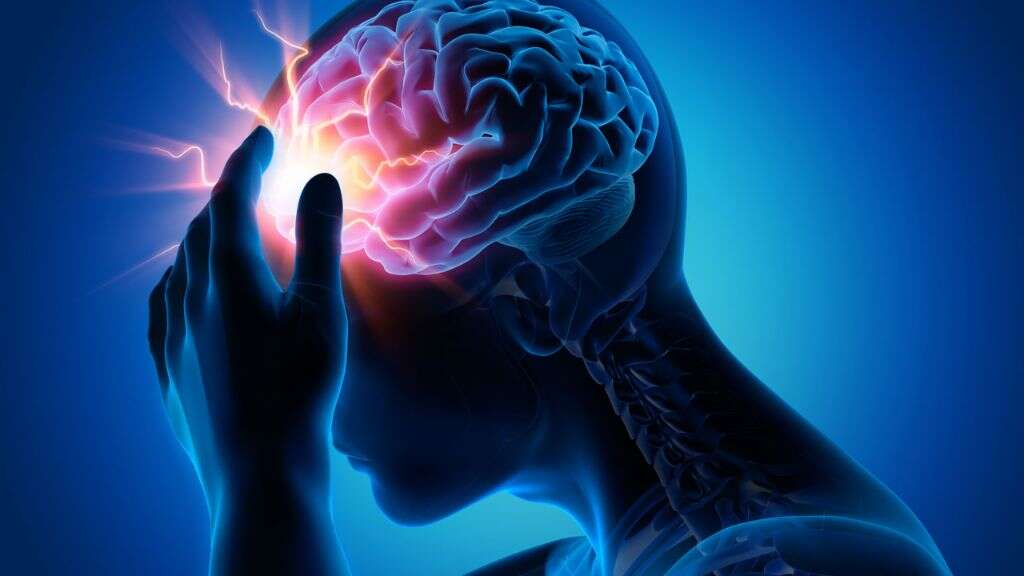
2. Ischemic Stroke
An ischemic stroke is where the flow of blood to the brain is restricted or stopped altogether. Among the most common causes of this happening is a blood clot in one of the blood vessels. It is the most common variety of stroke, accounting for nearly 90% of all cases.
Depending on the severity of an ischemic stroke, they can be fatal. Even if the patient does survive then they may still have acquired permanent damage to their brain. A transient ischemic attack, which is a type of stroke also known as a mini stroke, is also caused by a reduction in blood flow to the brain. It is likely to be milder and the patient is more likely to fully recover.
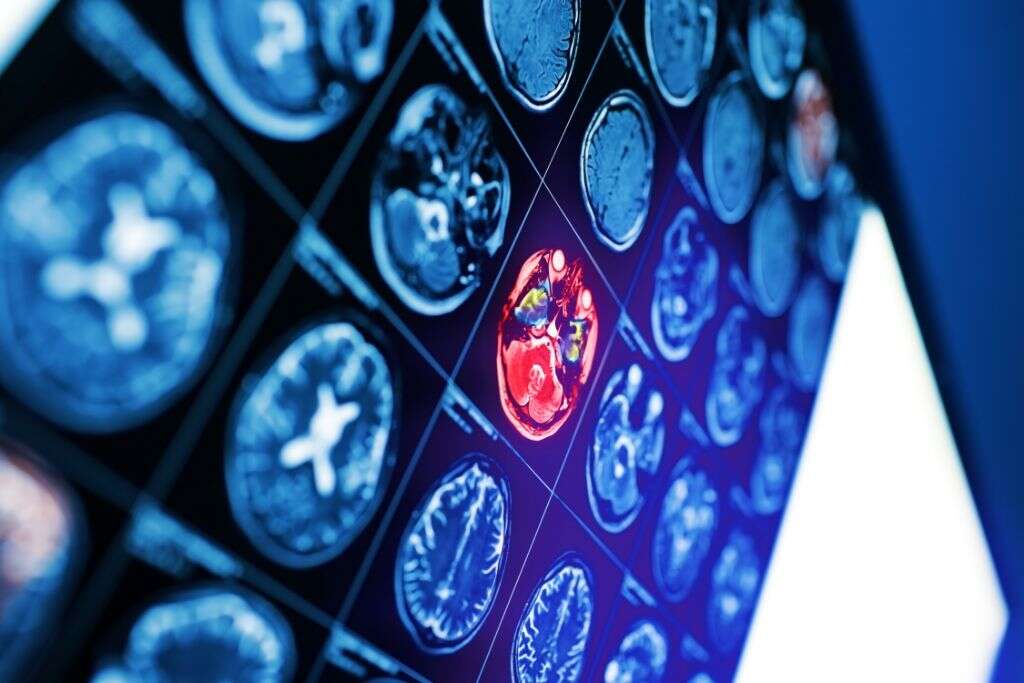
3. A Hemorrhagic Stroke
A hemorrhagic stroke, also known as an intracerebral hemorrhage, is when the blood vessels in the brain rupture. This means the brain’s tissues won’t be getting the oxygen they need. In addition to the lack of oxygen, the bleeding on the brain can also cause the pressure to build inside the brain.
Strokes mean that the patient’s brain cells are being starved of oxygen, and those brain cells could die. Indeed, many who people survive a stroke will have permanent damage to their brain. A stroke is something that must be addressed immediately because the patient’s life is very much in danger.
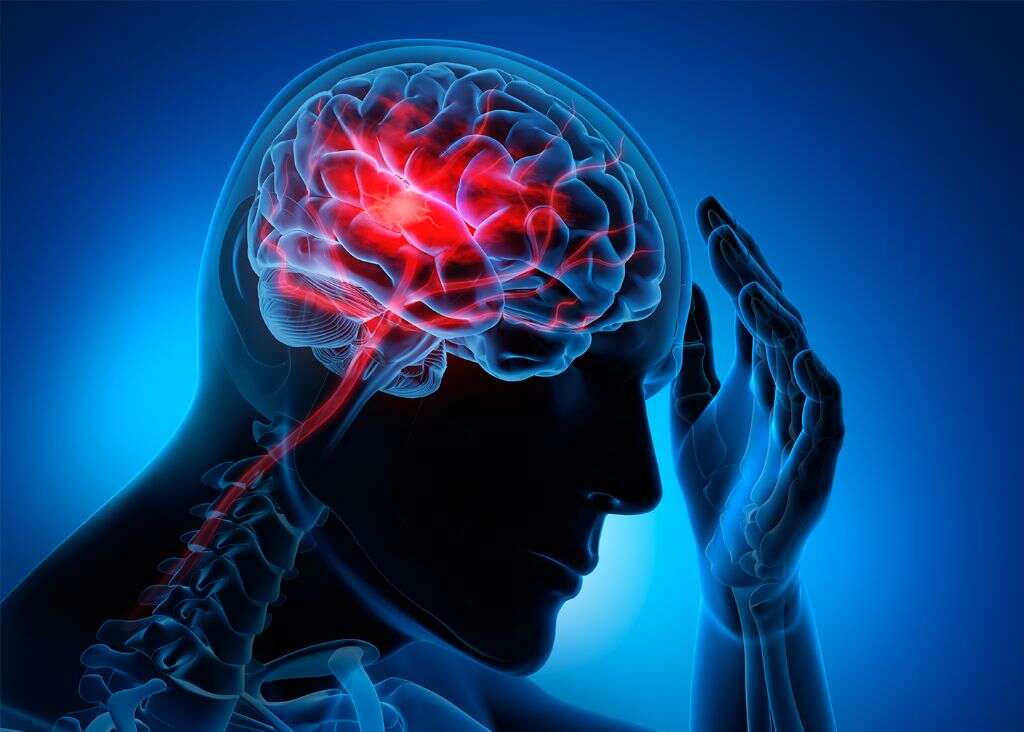
4. Causes
One of the potential causes of a hemorrhagic stroke is an arteriovenous malformation. This basically means that the patient’s blood vessels have not formed as they should do. It is a condition that people are born with, and it is not understood why it happens.
Another, somewhat more common cause is an aneurysm. This means that the patient’s blood vessels have expanded in the same way that a balloon would. This can happen because the patient’s blood vessels are weaker than they should be. It can also happen in people that have a high blood pressure in their brain’s blood vessels.
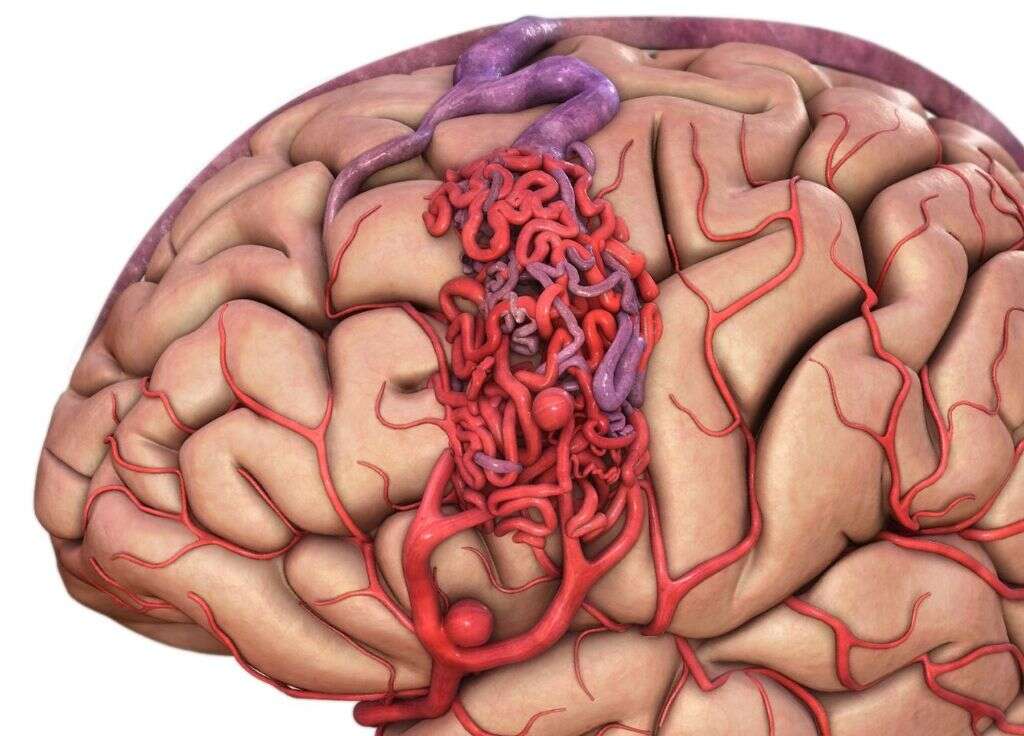
5. Weakness
One of the most common symptoms of a hemorrhagic stroke is a severe headache that is likely to come on very suddenly. The severity of the headache itself is often enough to let the patient know that there’s probably something wrong. The patient might also experience changes in their vision and they can become unusually sensitive to light.
Another potential symptom is that the patient can feel numbness or weakness on one side of the body. In some cases, the patient can even become paralyzed on one side of their body. They can also lose their sense of coordination and find it difficult to balance.

6. Nausea
Somebody that has had a stroke is also likely to develop nausea. It may also cause them to vomit. It is something that should draw your attention to people that are more likely to develop a stroke. A stroke will also likely cause the patient to feel dizzy. Their breathing and heartbeat can also fluctuate and their hands may be trembling.
A stroke can also cause a patient to partly lose their consciousness. In some cases, the patient might lose consciousness altogether. A stroke can also cause the patient to have seizures in some cases. Seizures are a clear sign of a potentially serious problem and should encourage you to get immediate medical assistance.

7. Confusion
Another typical symptom of a stroke is that the patient can become very confused. They can struggle to tell you which day it is, where they are, and even who they are with. These symptoms are a clear sign of a number of serious problems so they must be taken seriously whenever they are recognized.
In addition, the patient can also have difficulties speaking with other people. Not only will they find it difficult to understand what other people are saying, but they will also find it difficult to find words themselves, and to say words. Their speech can be slurred, often making them sound as though they are drunk. The patient may also have difficulties swallowing.

8. Prevention
No person is completely safe from a hemorrhagic stroke. Not even the healthiest and fittest. However, being in good shape can improve your chances of not having a stroke. A stroke is also more likely to occur in older people, so they should take extra care to ensure they are as healthy as they can be.
Anybody that has a high blood pressure should do what they can to keep it down. This generally includes eating well and exercising. You should also try and drink alcohol in moderation only, if at all. Certain medications are available that can help to reduce the chances of a stroke, but these should be taken on the advice of a doctor only.

9. Immediate Treatment
If somebody is suspected of having any type of stroke then they should be found emergency medical assistance without hesitation. In cases of a hemorrhagic stroke, it is important that the bleeding on the brain is bought under control as soon as possible. Drugs are usually used to help control the bleeding.
In some cases, it may be deemed necessary to perform surgery in order to save the patient’s life. This tends to involve repairing ruptured blood vessels where the damage is too severe for the body to heal the damage itself. Surgery might also be performed to repair an arteriovenous malformation, but this will often not be possible.
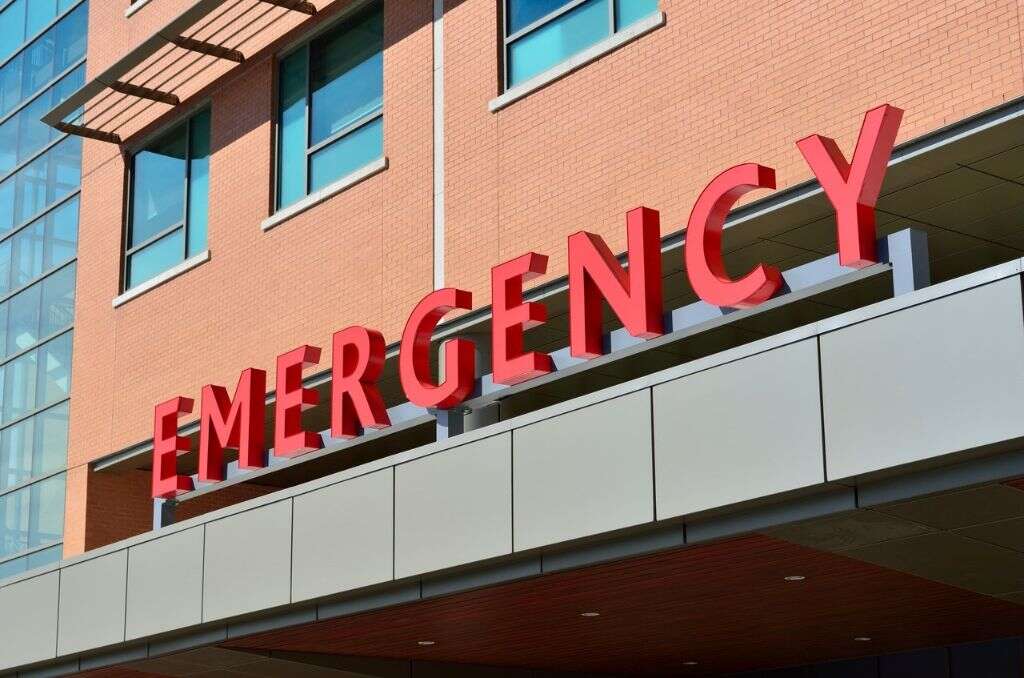
10. Recovery
Many patients that have suffered a stroke will go on to make at least a partial recovery, but this will often involve a lot of hard work. Various types of therapy are available that will help the patient to regain their functions as much as possible.
Many patients will need therapy to help them to learn to speak clearly again. For many, physical therapy will be needed to help the patient move and to regain strength and coordination. For others, occupational therapy may be necessary to help the patient be able to do things for themselves again. This can help them to regain their independence and, hopefully, return to work unless they had already retired.




